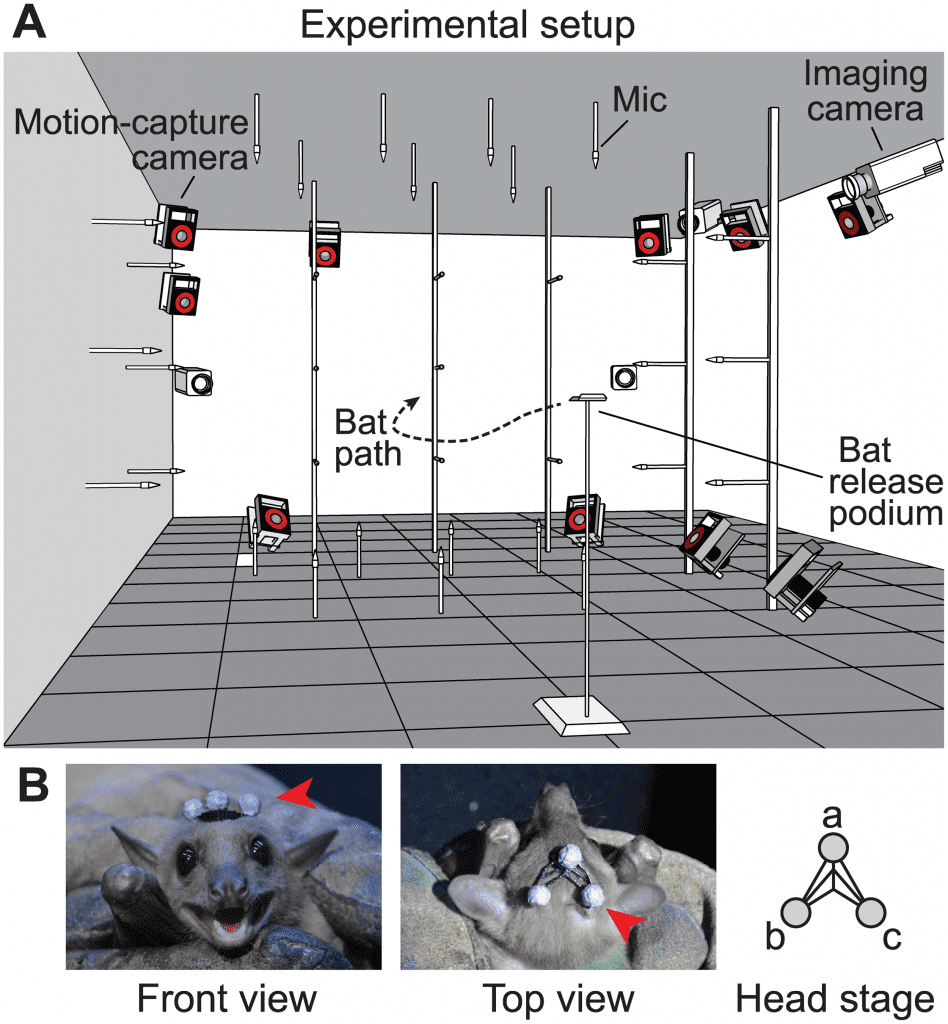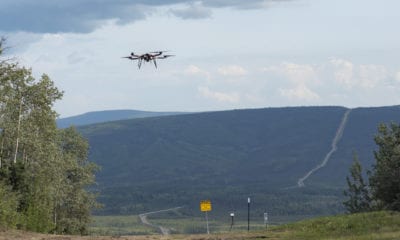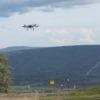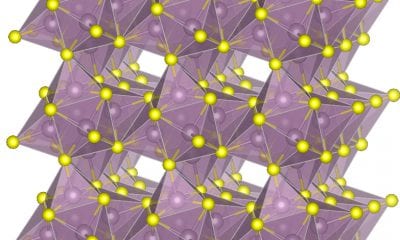
News
Next Generation Echolocation Technology Inspired by Fruit Bats
The Egyptian fruit bat may become the source of inspiration for driverless cars and drones. This bat uses navigation techniques similar to those modern-day military and civil surveillance use, new research suggests.
“Before people thought that this bat was not really good at echolocation, and just made these simple clicks,” says Wu-Jung Lee, a researcher at the University of Washington’s Applied Physics Laboratory and lead author of a paper describing the findings, which appears in PLOS Biology.
Conventionally most other bats emit high-pitched squeals; the fruit bat is different however, in that it clicks its tongue and produces signals that are similar to dolphin clicks. Fruit bats have extensive vision and they switch and combine sensory modes between bright and dark environments. An earlier study showed that Egyptian fruit bats send clicks in different directions sans the movement of their head or mouth. This hinted at the animal’s capability of performing echolocation.
Researchers measured the animals in the “bat lab” at Johns Hopkins University by capturing high-speed video and ultrasonic audio of bats during flight to study the mechanism of their behavior and navigation.

Fig 1. Setup of the experiment. (A) Experimental space and arrangement of instruments, including a three-dimensional array of 34 ultrasonic microphones, 10 high-speed motion-capture cameras, and 4 high-speed imaging cameras. (B) The head stage (indicated by red arrows) used to track the bat’s head movements.
While measuring echolocation signals from fruit bats with a three-dimensional array of microphones, Lee noticed something strange. The beam of different frequencies of sound waves emitted by the bats formed a bulls-eye and didn’t align at the center as a typical sound source would and was also off-center at higher frequencies.
Lee recognized the pattern much like the one used in radar and sonar surveillance systems and along with coauthor Jessica Arbour scanned an actual fruit bat to recreate a 3D digital model of the bat’s head shape using micro-computed tomography. A “frequency-scanning sonar” points different frequencies of sound at slightly different angles to get fine-grained acoustic images over a large area. Lee created a computer model to simulate the tongue clicking from the front of the mouth traveling out and passing between the bat’s lips.
It was observed that the elongated shape of the bat’s mouth creates varying distances between the sound source and the gaps between its teeth, and this creates positive or negative interference between sound waves of different frequencies, resulting in different frequencies pointing in different directions—just like frequency-scanning sonar would. After completing calculations with a rough approximation of the bat’s skull shape, a CT scan of an actual fruit bat’s skull. Incorporating an anatomically correct skull shape in the model confirmed the results. This natural fruit bat technique could well form the backbone of pilotless or self driven drones in the future.
Citation: Lee W-J, Falk B, Chiu C, Krishnan A, Arbour JH, Moss CF (2017) Tongue-driven sonar beam steering by a lingual-echolocating fruit bat. PLoS Biol 15(12): e2003148. https://doi.org/10.1371/journal.pbio.2003148
How useful was this post?
Click on a star to rate it!
Average rating 0 / 5. Vote count: 0
No votes so far! Be the first to rate this post.
We are sorry that this post was not useful for you!
Let us improve this post!
Tell us how we can improve this post?























